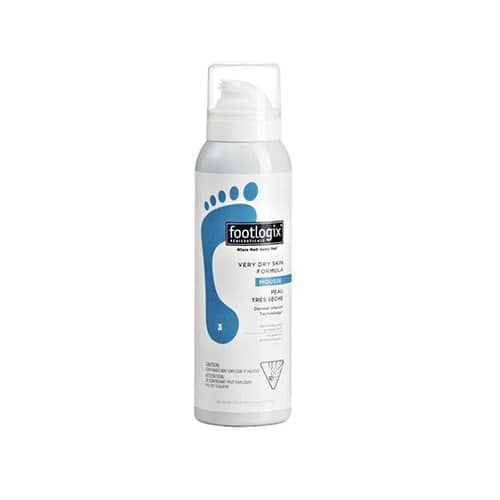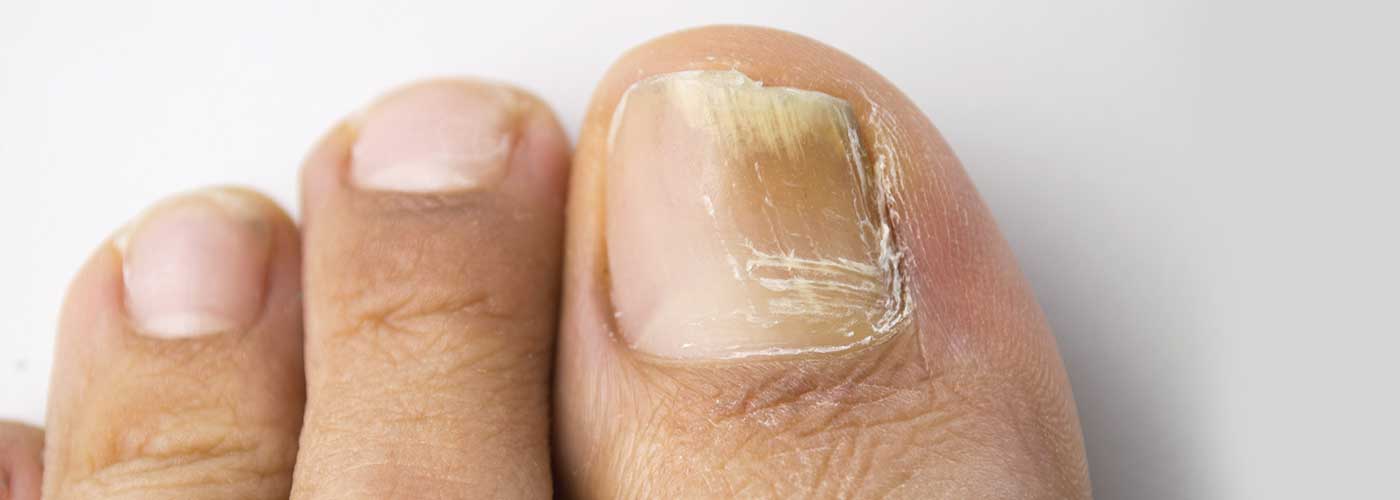Does anyone truly see your feet until it’s time to slip on a pair of summer sandals? You want to know how to make your feet look pedicure fresh after a long Canadian winter? Hidden beneath our warm socks and shoes, our feet are often neglected. The moment spring arrives, we find ourselves scurrying to improve their appearance. If this sounds familiar, BioPed is here to help! Follow our guide from heel-to-toe in order to achieve sandal worthy feet and no one will be the wiser.
Why do my feet become dry over the winter?

Over the winter, dry skin is typically triggered by environmental factors such as warm showers, low humidity and central heating. If the dryness progresses to itching, peeling and scaling of the feet, then the dryness is likely no longer due to environmental factors, but is more likely to be associated with Athlete’s Foot.
Athlete’s Foot is a fungal based infection known in the medical community as, “Tinea Pedis”. This commonly occurring fungal infection is acquired from a person who has the condition (by sharing shoes or showers), or from wet, infected surfaces, such as floors around public pools or in change rooms. Fungi grow best in warm, moist areas, which is often the environment found in our footwear over the winter months. This condition should be evaluated by a Chiropodist or Footcare Nurse. Treatment generally takes 3-4 weeks, so there is still time to get rid of the fungus and welcome healthier, sandal-ready feet.

Moisturizers are helpful for dry feet due to environmental factors
- Products that contain urea are often recommended by Footcare Clinicians – Urea is an ingredient that will restore hydration to your delicate, dry skin by trapping water loss
- Choosing a foot foam, over a cream, allows for a quick absorption and fast action
- Products that are safe for Diabetic/Senior/Immuno-Compromised patients, include Footlogix foams, and others. Ask your Footcare Clinician, Family Doctor or Pharmacist if you are unsure.
Why have my toenails become discoloured?

Similar to the skin of your feet, fungal infections commonly can occur in your toenails as well. The infected toenail usually turns yellow or white with spots or streaks on the nail surface. The nail surface may appear soft and powdery as the infection becomes worse and can eventually become fragile or crumbly.
Like Athlete’s foot, nail fungus can be acquired from warm moist areas, but also transferred from contact with objects such as clothing, shoes, nail clippers, nail files, and carpets. Feet can become contaminated when receiving a pedicure if the proper sterilization procedures are not followed by the spa.

- There are a number of over-the-counter and prescription treatme
BioPed’s over-the-counter and prescription treatment for nail fungus (onychomycosis)
nts available to target nail fungus
- Footlogix offers a nail spray that has a natural anti-microbial agent known as Spiraleen.™ It also contains Panthenol, Avocado Oil and Tea Tree extract to bring healthy essentials to unsightly, discoloured toenails, and promote shine.
- Treatment recommendations for lifting, discolored and cracking toenails (thickened) should really come from a Chiropodist or Family Doctor
- Prescription medications range from easy-to-use topical sprays to lacquers and even pills. To decide which treatment is right for you, contact a Chiropodist or your Family Doctor.
What can I do to improve the overall look of my feet and keep them healthy this summer?

- If you suspect a fungal foot or nail infection, contact your Family Doctor or a Chiropodist immediately to better understand treatment options.
- Begin to moisturize your feet, after each bath or a shower.
- Avoid hot showers or baths, and consider washing your feet every other day to avoid over-drying.
- Trim your nails straight across to avoid ingrown toenails and do not share toenail clippers or files as these can transfer fungal and bacterial infections.
- When getting a pedicure, ask your spa if they use steam sterilization of tools to prevent transferring infection.
- Consider using a healthy nail spray, with vitamins and minerals to keep your toenails healthy.
- Avoid walking barefoot, especially in shared showers, hotel rooms, around pools, as you are at risk for getting an infection, such as Athlete’s Foot.
- While feet are still damp, gently use a pumice stone on your heels to remove callused skin.
- Consider visiting a Chiropodist or Footcare Nurse to address any corns, calluses, heel cracks and fissures. They can provide treatment and advice.
For more information or to learn more about products to help treat your specific skin and nail needs, visit any of our 75 locations!




